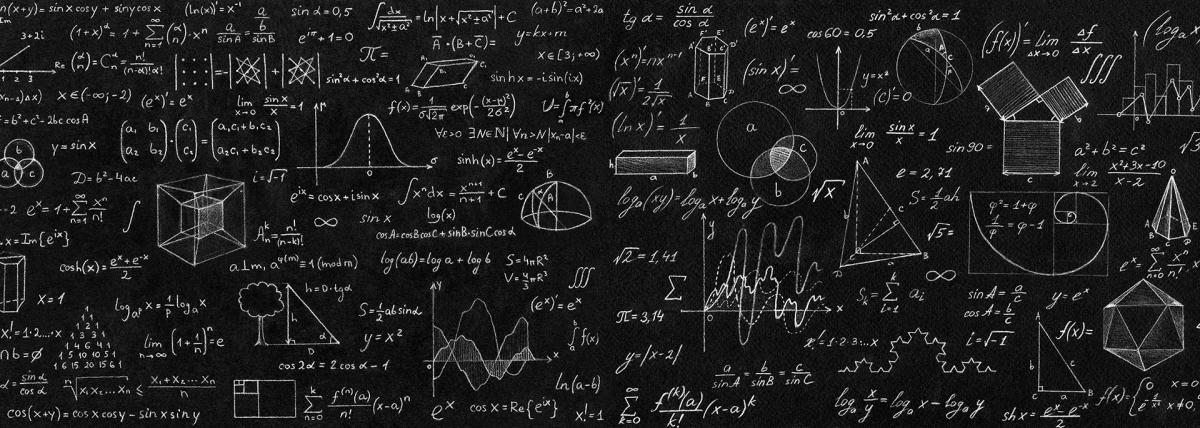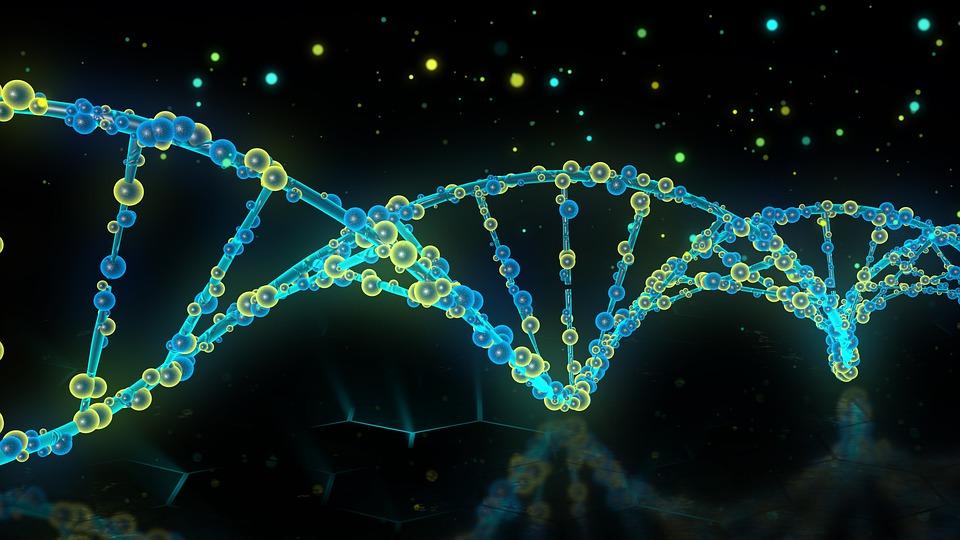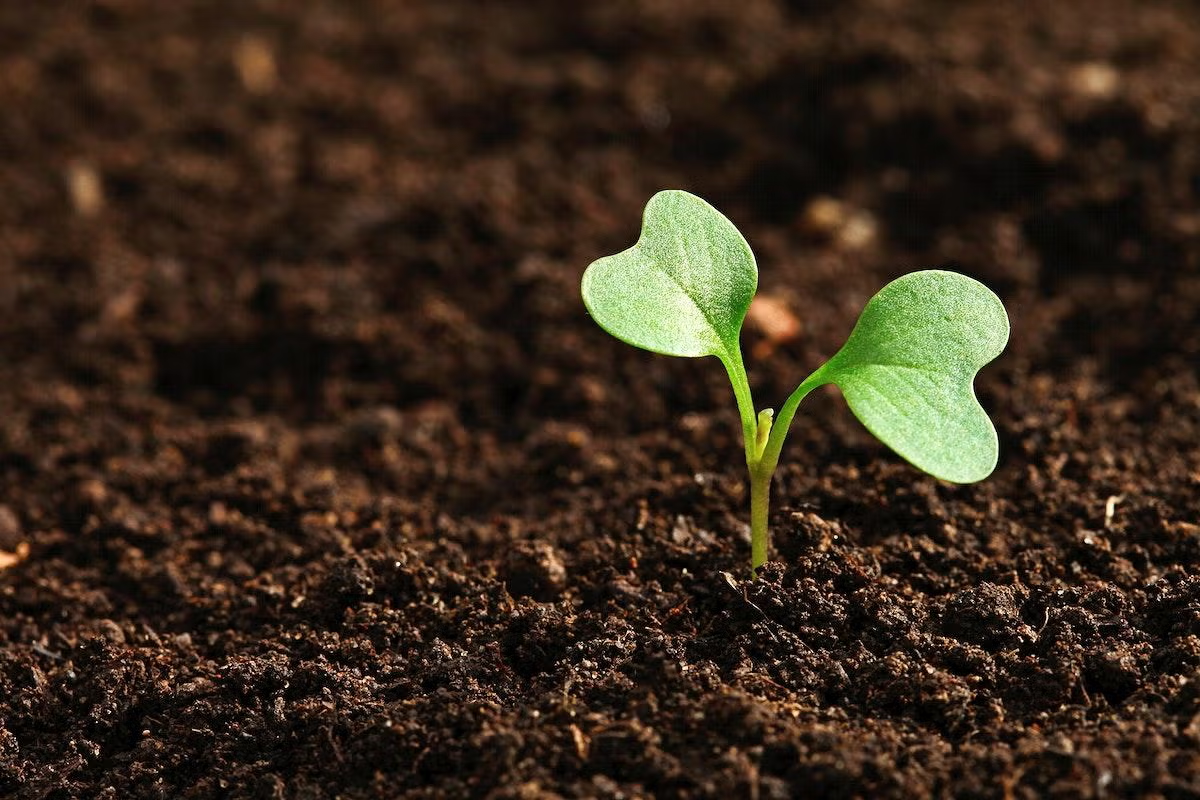
In this hands-on lesson, students use making lemonade to practice lab procedures, measurement and ratios as well as learning about temperatures affecting saturation points.

This lesson plan is a continuation of Part 1 (link to Part 1 is included). In this lesson, students will apply what they've learned from deconstructing boxes, and they will design their own unique

This is the final lesson of 4 lessons. In this lesson we are creating our design from lesson 3. This is a project-type lesson, so it is not done in a traditional manner. Students will create either

This is the 3rd lesson of a 4-part series. In this lesson the students will be using their gauge from their swatch to design a garment or accessory for a model. Using proportional relationships

This lesson is the first of 4 lessons that helps students on the journey to knitting with Math. The lesson uses proportions and ratios to help students understand the basic swatch and how to calculate

This lesson is modeled after STEMAzing's lesson, "Picture Perfect Rover Cell Phone Holder”. Students will build a cell phone holder for their Edison Bot, plan a drive for the Bot to collect photos or

In this hands-on lesson, students will explore a solar panel kit. They will measure all aspects of the kit and create a scale drawing, using proportions.

In this lesson, students will learn about planets and stars and their relationship with each other. They will create a planet or star and then, as a group, create a song to present to the class.

In this hands-on lesson, students will utilize Beebots and the app iClips on the iPad to create a film about bees. Students will create their own storyboards and props and will analyze each other's

In this hands-on lesson, students will design, construct, and defend their hummingbird feeder design.

Empower with solar, motors & wireless! Unravel renewable energy, motor tech & wireless applications in an engaging STEM journey.

Discover the power of hydraulics and pneumatics! Engaging in STEM activity on building systems and understanding fluid dynamics.

In this hands-on lesson, students will be challenged to complete an obstacle course with a Sphero/RVR/Edison through coding. Students will be given a task list to complete and will be timed. Math

This is a multiple-day lesson plan based on Newton's 3 Laws of Motion. Students begin the lesson by collecting data observing coins moving across a table. After making the observations, students will

This lesson expands upon ASU's Ask a Biologist "Monster Manual" Activity to include CAD (Computer-Aided Design). Students learn about DNA and how we inherit traits through an analogy of decoding a

This hands-on lesson asks students to design and build a storage system that utilizes excess rainwater for the purpose of reuse in a garden. Students explore science, math, and engineering principles

This is the 3rd lesson in the series. In this lesson, students will select one building from their master-planned community to construct a 3D model that absorbs/releases 8% less than the surrounding

In this lesson, students will learn about the history of flight and the technological advancements that led to modern aviation. Students will learn about how the study of birds and other flying

In this lesson students will learn about water filtration and how to filter simulated Martian water. Students will build water filters and use the engineering design process. This is the 2nd lesson in

This lesson is about Mars and Martian water. It introduces students to the geography of Mars and the various ices found on Mars. This is the 1st lesson in a 2-part series.

This is a four part STEM project that incorporates several of the fifth grade math & science standards. Time allowance is one-two weeks. Students are given the opportunity to research an animal

This 2-Day STEM lesson takes place in a science classroom after students have explored the sun and solar system (including our planet, the moon, and asteroids), and is intended to focus on

This lesson plan will help students gather and analyze data from a climate of a small-scale area such as the football field, parking lot and botanical garden.

Using "The Yummy Alphabet Book" as a read aloud/ discussion starter, students will investigate the growth and taste of cilantro by growing it from seed to compare/contrast the function, size, and


